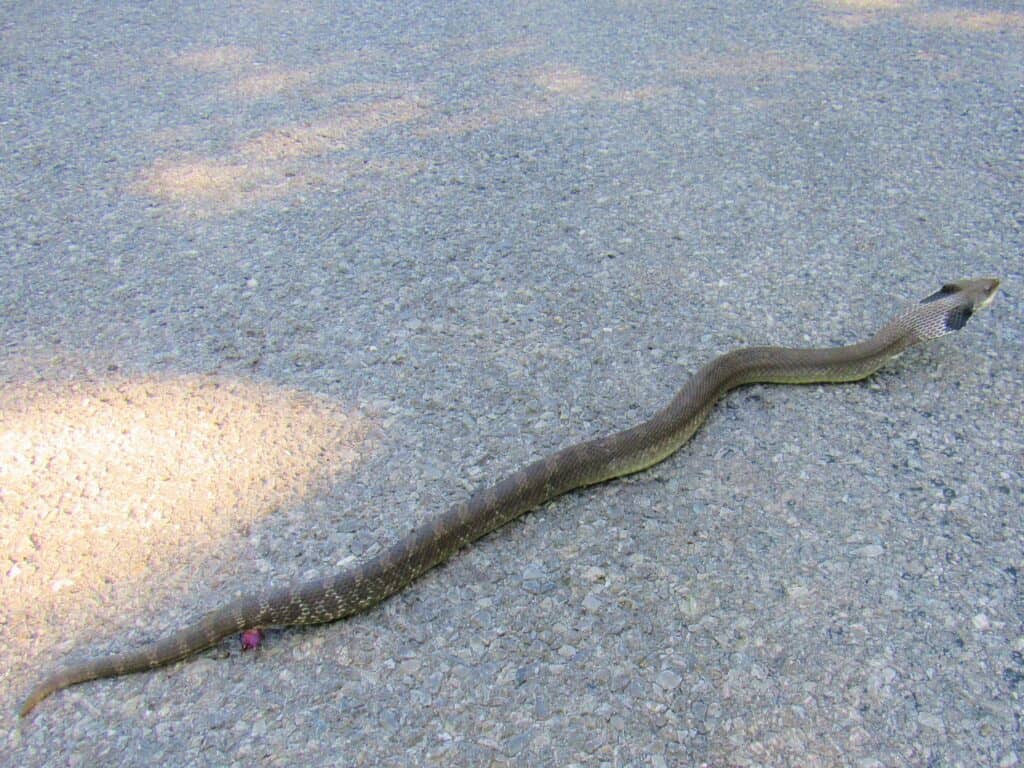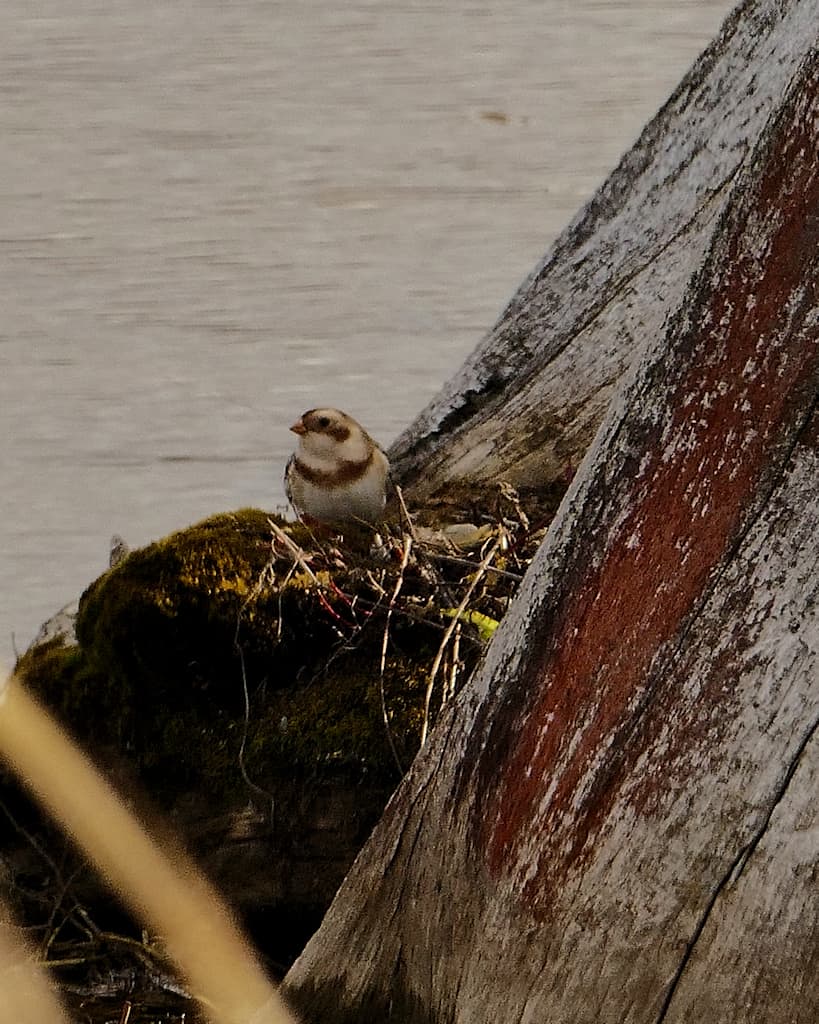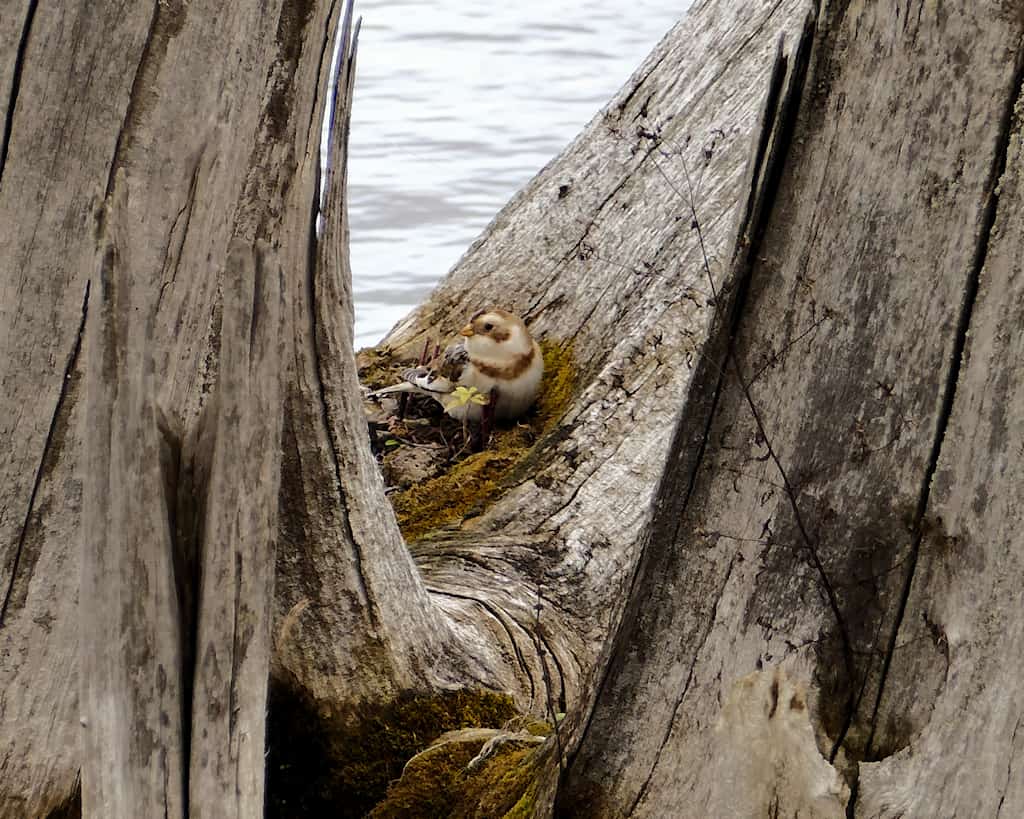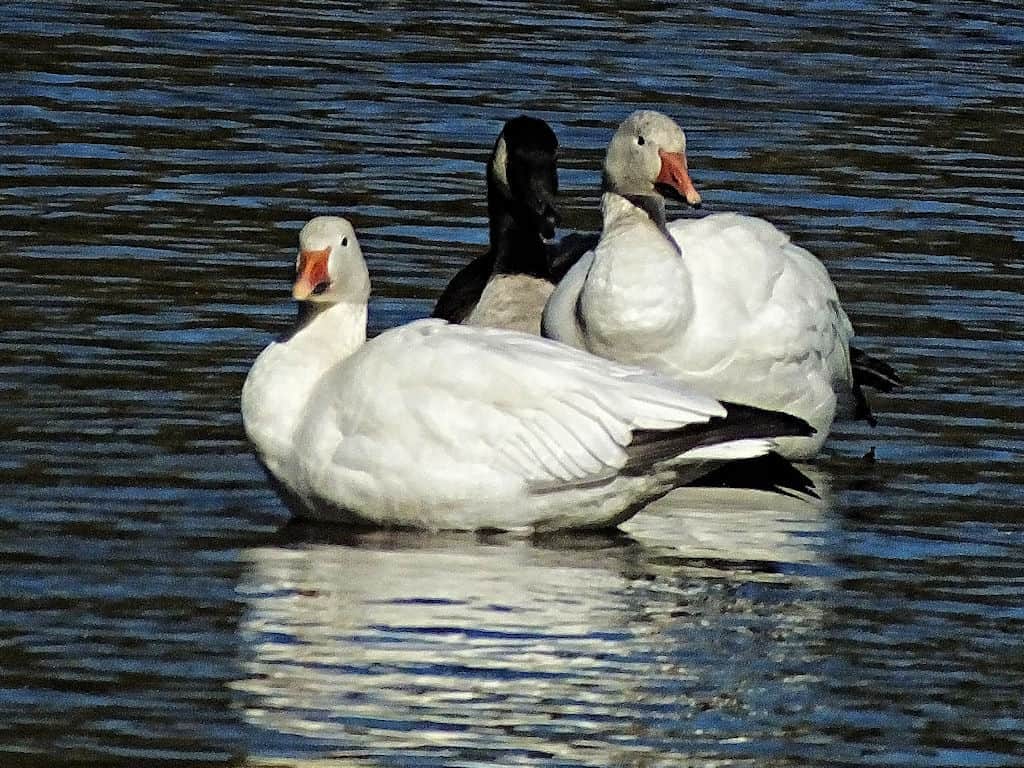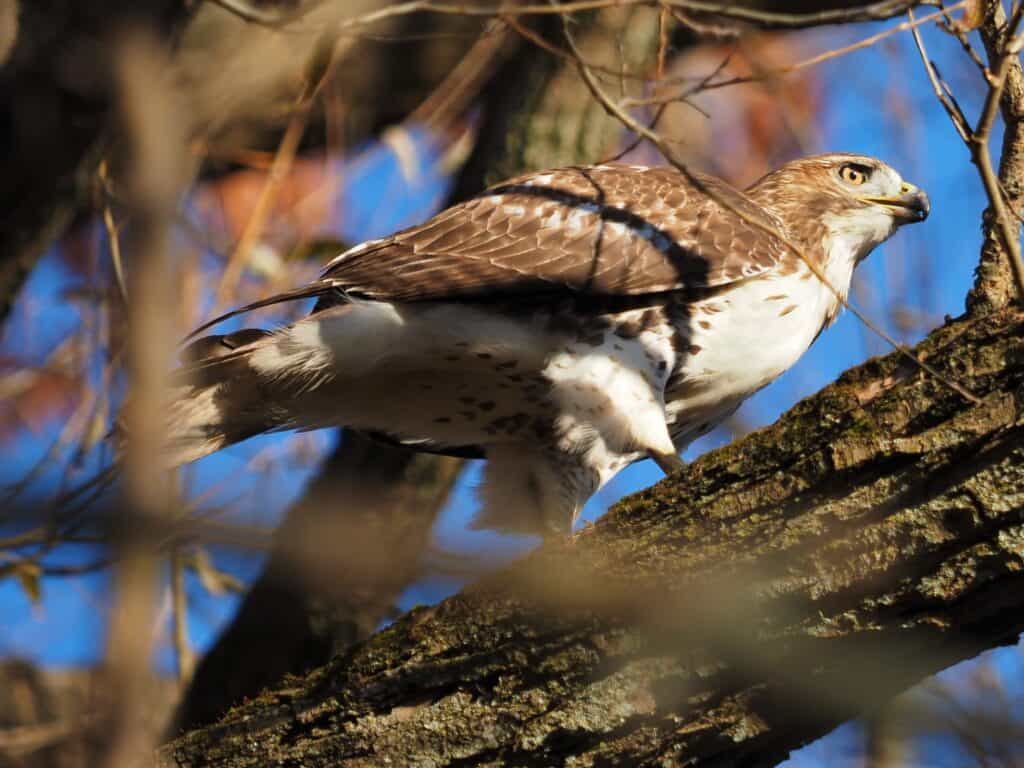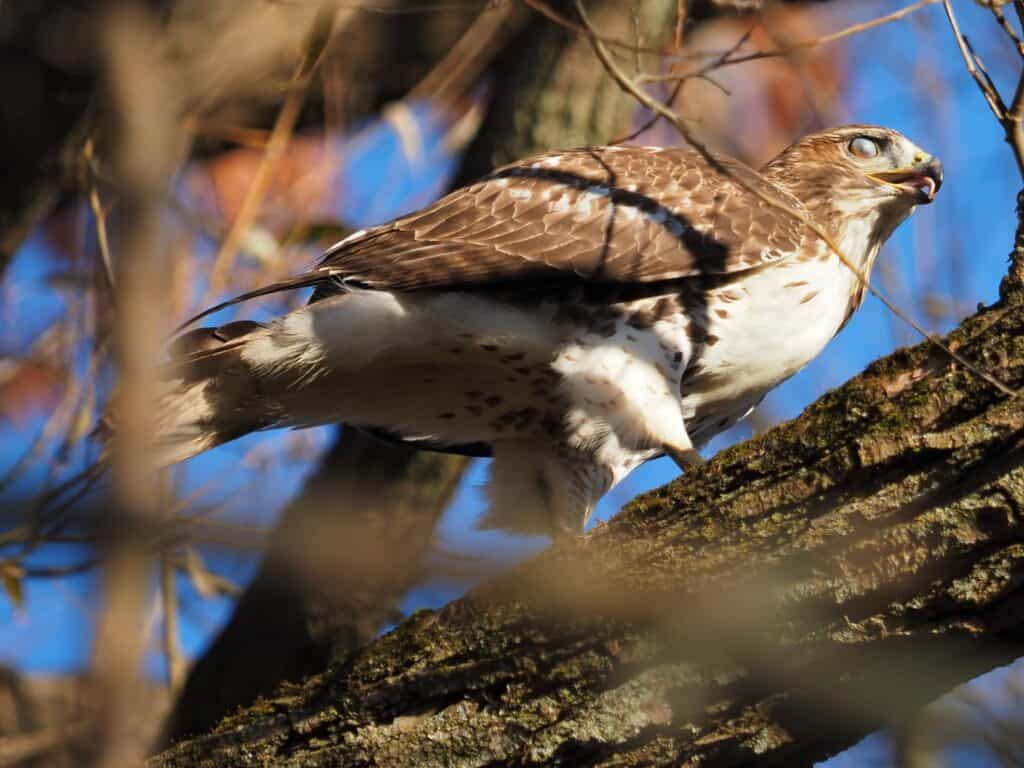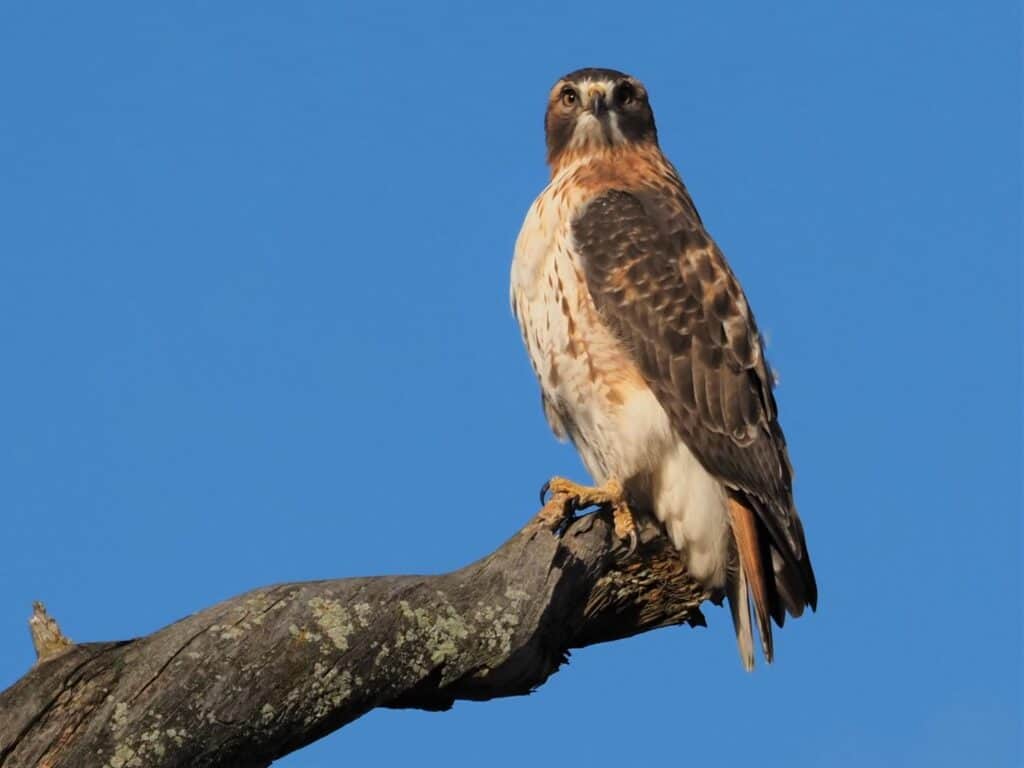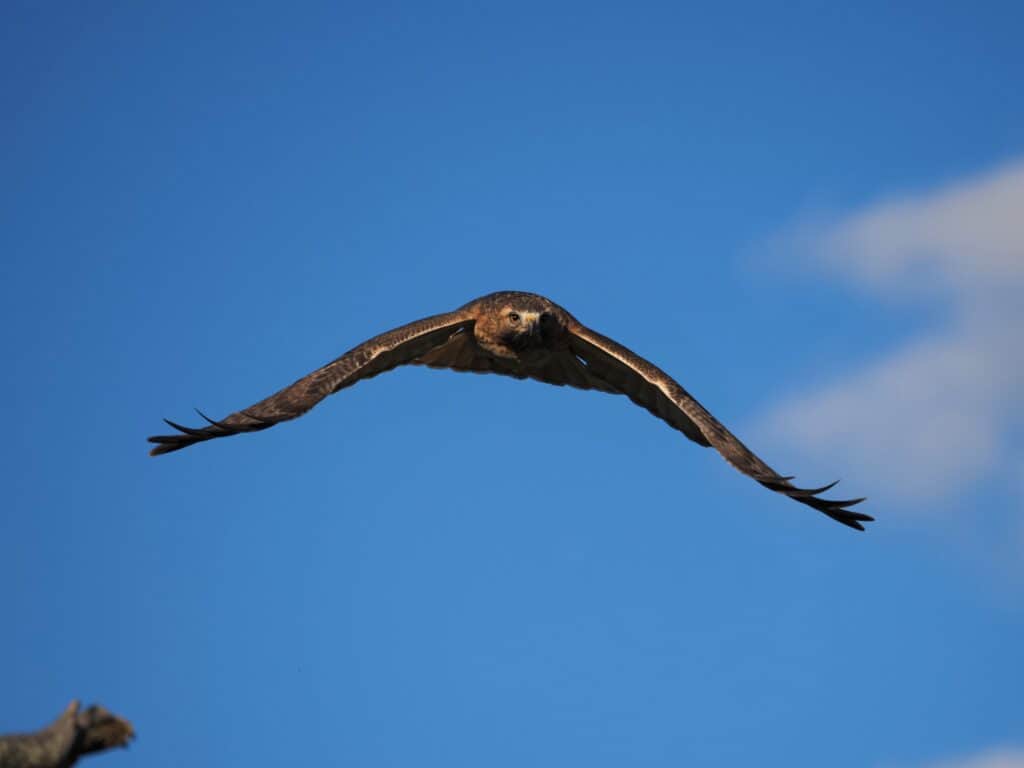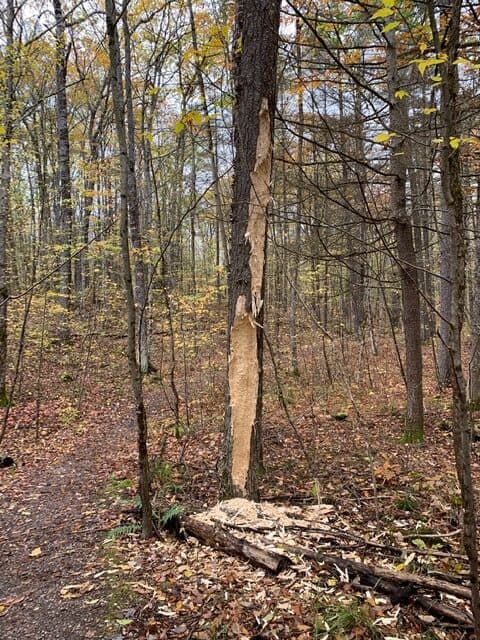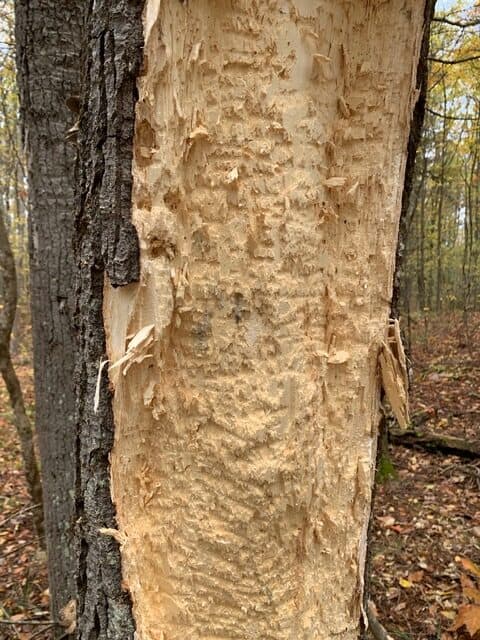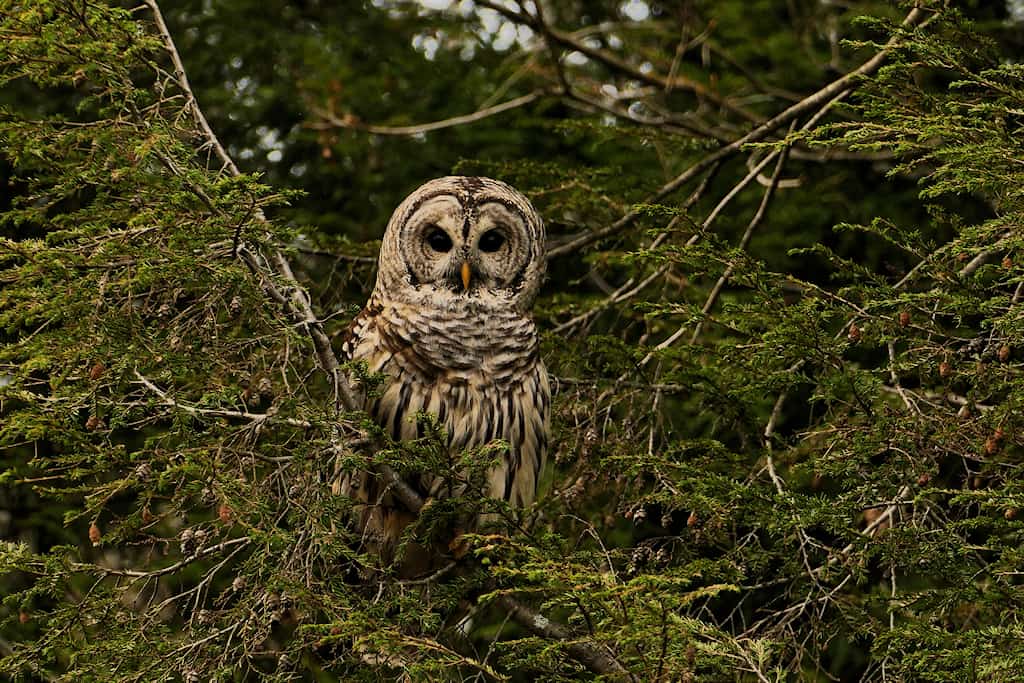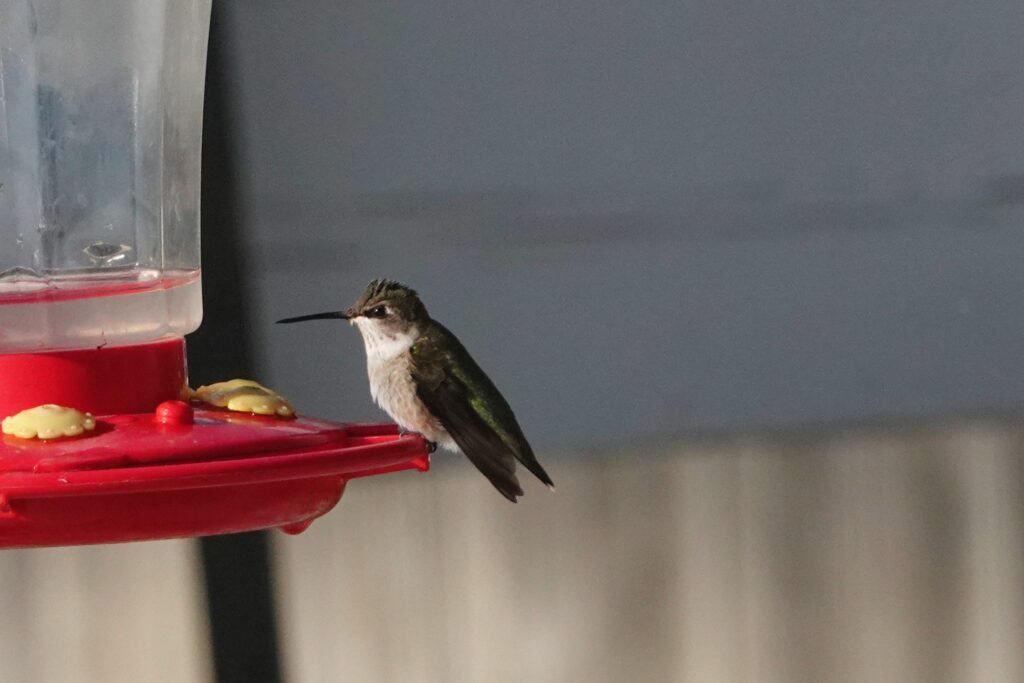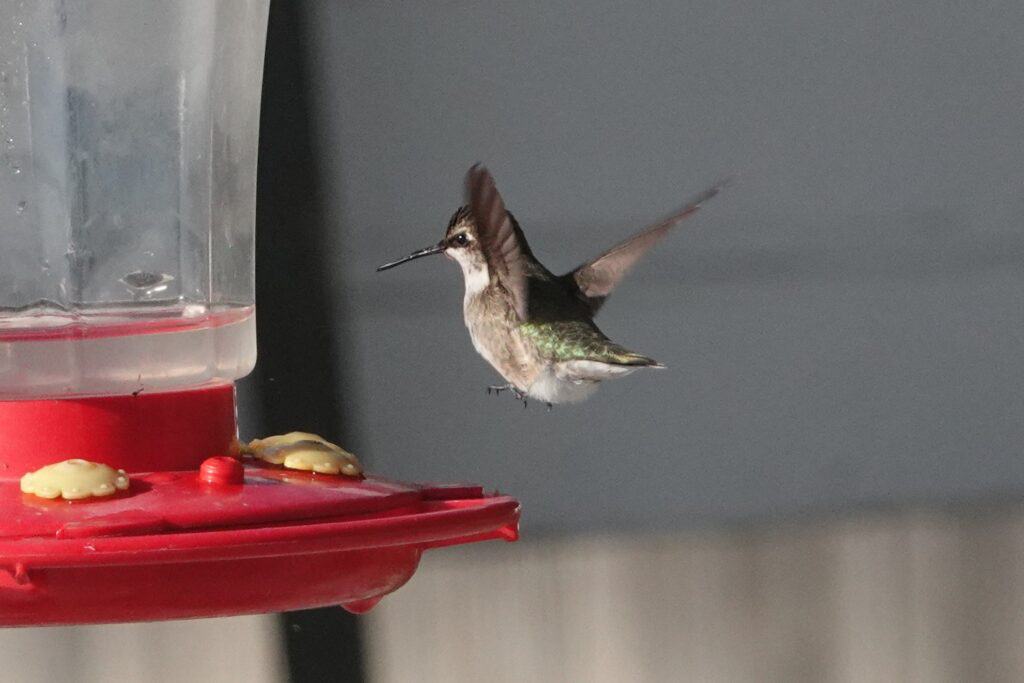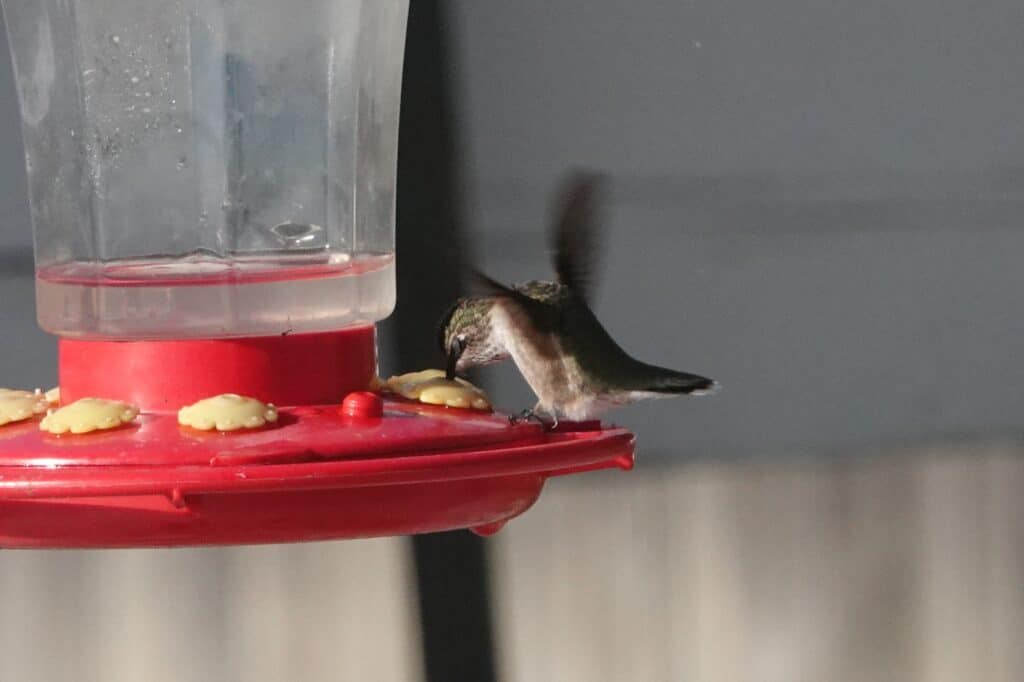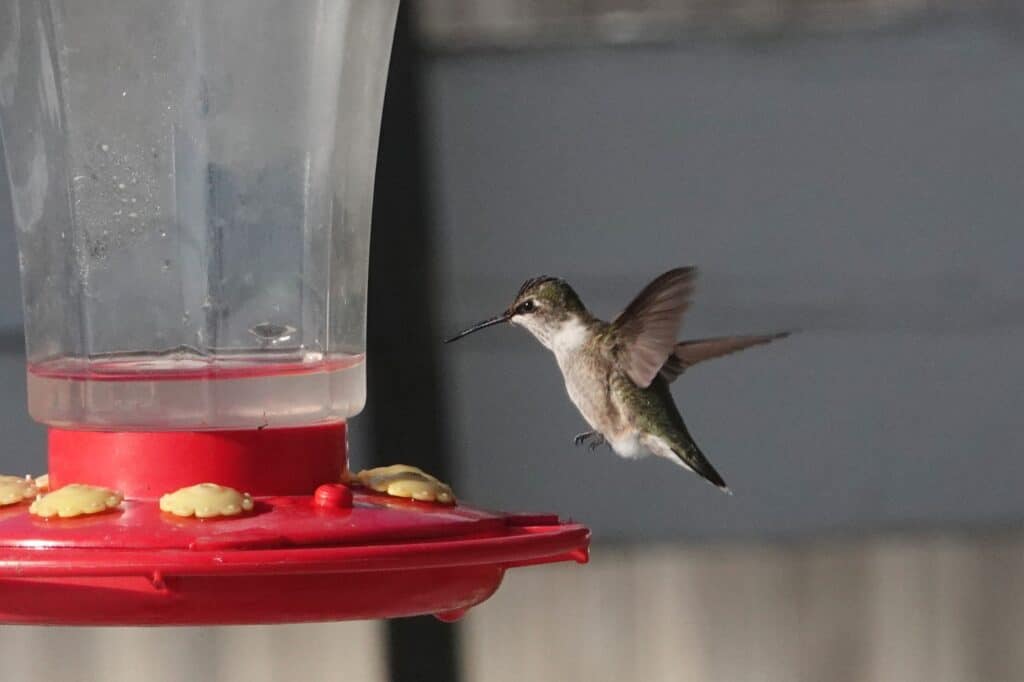Check out August sightings for Brian Asmunt’s encounter with an Eastern Hog-nosed Snake.
Here are a couple of shots of my first Snow Bunting of the year. I saw it at the Omemee marsh on November 1.
Driving on the River Road just south of Lakefield on November 4, we saw a Snow Goose in a flock of Canada Geese where Sawers Creek (at Lock 25) south of Lakefield. We made the mistake of continuing on our way and missed a chance for a photo. This white goose with an orange beak and black wing tips stood out among the flock of Canadas, even with many showing their white bums as they fed. We wondered if there have been other sightings of this visitor to out area? Bill and Liz Buddle
Note: As of November 19, the Snow Goose was still there. It is usually on the west bank of the river, so you’ll need binocuars or a spotting scope to see it. DM
Here’s some good shots I got of a Red-tailed Hawk near Toronto on November 12. The nictitating eyelid and tongue is really interesting in the middle photo at the top. Andrew Laing
Red-tailed Hawk – Andrew Laing
On an early November walk on the Jeffrey-Cowan trails at Stoney Lake, my walking companions and I saw this tree with stripped bark and shavings at the base. We were all wondering if it could be a porcupine, or some other animal. I took a few photos that show relative size of the shredding and also a close-up that shows something like claw or teeth marks across the trunk. I thought I would e reach out to you and see if you might know what kind of animal might do this. .., and why? Janet Ward Lafortune
Response from Tim Dyson: This is the work of a Pileated Woodpecker. However, it does differ somewhat from what we normally see from a Pileated which would be a vertical “trench” deep into the trunk of the tree, but that is usually the result of a more direct approach to the affected core of a tree,where (usually) Carpenter Ants are to be found in abundance.
The kind of diggings here in your photos are the result of the woodpeckers digging out much smaller black ants that are more evenly distributed throughout the wood, (especially maples), and if you zoom in and take a closer look at the exposed wood, you will quickly notice the tiny circular holes which are the little tunnels made by the tiny ants. (The”slot-shaped” holes you can also see, are made by the chisel-tips of thewoodpeckers’ bills).
This tree is likely being visited by other smaller woodpeckers, too.This is just the kind of workings I encounter often on much smaller, dead maples when I am in the woods where I live. Too bad it is a public bush, or you could leave out a trailcam and learn exactly what is happening there. But, my guess would be what I described above.
Here’s a photo of a Barred Owl I sighted on Nov. 9 near the junction of County Roads 6 and 44, near the east end of Stoney Lake. Carl Welbourn
On November 19, I saw a Ruby-throated Hummingbird coming to a feeder at the farm of Dave and Debra Brown on Line Road 1 in Douro township. It appeared to be a juvenile female with a strongly contrasting head pattern, relatively short bill, and white at tip of the tail. The bird had been present all fall Despite several nights well below OC, it still appeared healthy. It fed off and on for about 3 minutes before leaving. It was last seen around December 1. Ruby-throated Hummingbirds are almost never seen in the Kawarthas after about September 24. Drew Monkman
